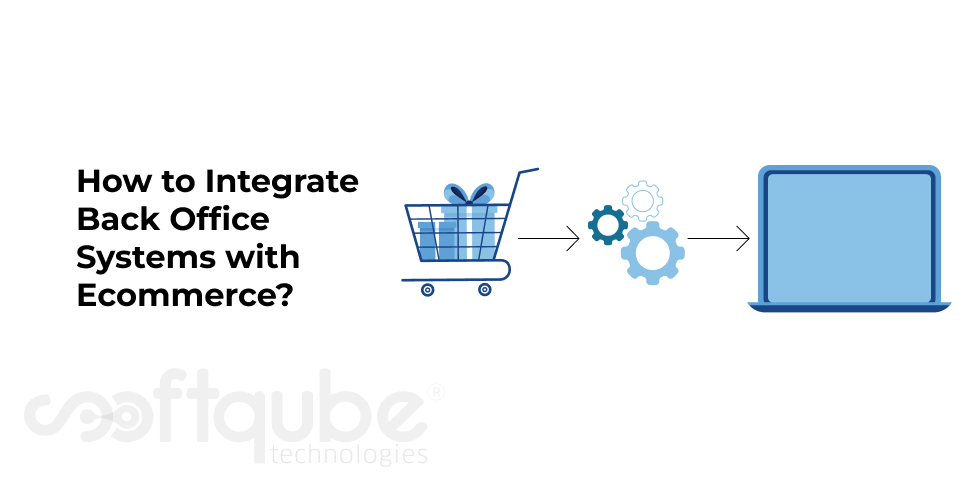How to Integrate Back Office Systems with Ecommerce?
January 12, 2016

Nowadays, most of the people are venturing into ecommerce sector. There are various websites with eCommerce options like as online selling, online ordering and more. Here, in this blog post; we will include ways through which one can easily integrate back office system with the eCommerce website.
So, let’s begin and understand what exactly integration means when it comes to eCommerce world:
What is Integration?
Integration in the field of eCommerce can be known as the access to information available from both systems from one location or database.
Back Office Systems:
Certain back office systems include the process used by employees which help to keep business running. Other services like as accounting, finance, inventory, order fulfilment and shipping are the best examples of back office system.
These can be manual or automated. Front office systems are usually focused on customers and they refer to various activities like as marketing, sales or customer service.
Properly integrating back office systems with eCommerce can boost coordination with the front office which results into better customer service and reduced effort duplication.
What is the need of such integration?
When you disconnect your back office and eCommerce systems then this leads to wastage of time, money and resources. Let’s say a small portion of your revenue is derived from online sales then you might get benefitted from the use of less expensive off shelf packages.
Let’s say that your online sales are growing to an extent. So, if a large portion of revenue is from online sales then you can say that more integrated solutions will be useful to you.
What are the advantages of integrating back office with eCommerce?
This diagram shows the benefits of merging back office with eCommerce.

There are various levels of back office integration like as one way integration, two-way integration or more.
No integration means employees have to do more work.
Let’s say they will have to look for two databases to see whether a customer has purchased a product or have recorded sales in these two different databases.
Proper integration means information about online sales is included automatically in back office systems and hence it is not to be entered in the system more than once.
Hence, integration is necessary to:
- Reduce administrative work
- Reduce operational costs
- Improve customer service
- Increase readiness for change
How to identify your integration needs?
If you wish to integrate your system then it entirely depends on how you wish to carry your online business. So, before starting integration; know your needs well:
- Is it necessary to conduct considerable portion of the business online?
- Are employees facing difficulty to get the details about sales, inventory or shipping?
- Do employees have to enter information from the eCommerce store?
- Do you wish to have duplicate mailing lists among different types of customer lists?
In case your answer is yes to one or more of the above questions then there’s a need to integrate your back office system with eCommerce website.
Take Away:
So, if you wish to really opt for such integration services and would like to step into the world of cloud computing then we can say that you are at the right place. Softqube Technologies is an eCommerce solutions provider firm in India that will help you in this matter.
Get in touch with them to know more.








